| Title | Infrared imaging: a novel tool to investigate the influence of surface slicks on air-sea gas transfer |
| Publication Type | In Collection |
| Year of Publication | 2006 |
| Authors | Schimpf, U, Frew, NM, Jähne, B, Hühnerfuss, H |
| Editor | Gade, M, Korenowski, GM |
| Collection Title | Marine Surface Films: Chemical Characteristics, Influence on Air-Sea Interactions, and Remote Sensing |
| Pages | 239--252 |
| Publisher | Springer |
| Publication Language | eng |
| Abstract | The influence of surface films on air-sea gas exchange at low and moderate wind speeds is investigated. Observations were made in the small Heidelberg circular wind-wave facility and in coastal and offshore waters south of Cape Cod, New England. The passive controlled flux technique was used to investigate the micro turbulence very near the water surface, which controls the rate of transfer of momentum, heat, and mass across the air-sea interface. The analysis of infrared image sequences allows the estimation of the net heat flux at the water surface, the skin-bulk temperature difference across the thermal sublayer and thus the heat transfer velocity. Using Schmidt number scaling, estimates of the gas transfer velocity are obtained. Experimental evidence shows that increased surface film concentrations suppress near surface turbulence and thus decrease the gas exchange compared to a slick-free ocean interface. If a surfactant is present, turbulent mixing is dampened and direct renewal of the surface is inhibited. A surface slick changes the hydrodynamic boundary conditions in that the length scales of near surface turbulence controlling air sea gas exchange are modified. The micro-scale temperature fluctuations at the water surface indicate that at low wind speeds the transport process is dominated by large-scale turbulence, whereas at higher wind speeds the smallest observed scales dominate the transport. |
| DOI | 10.1007/3-540-33271-5_21 |
| Citation Key | schimpf2006a |


